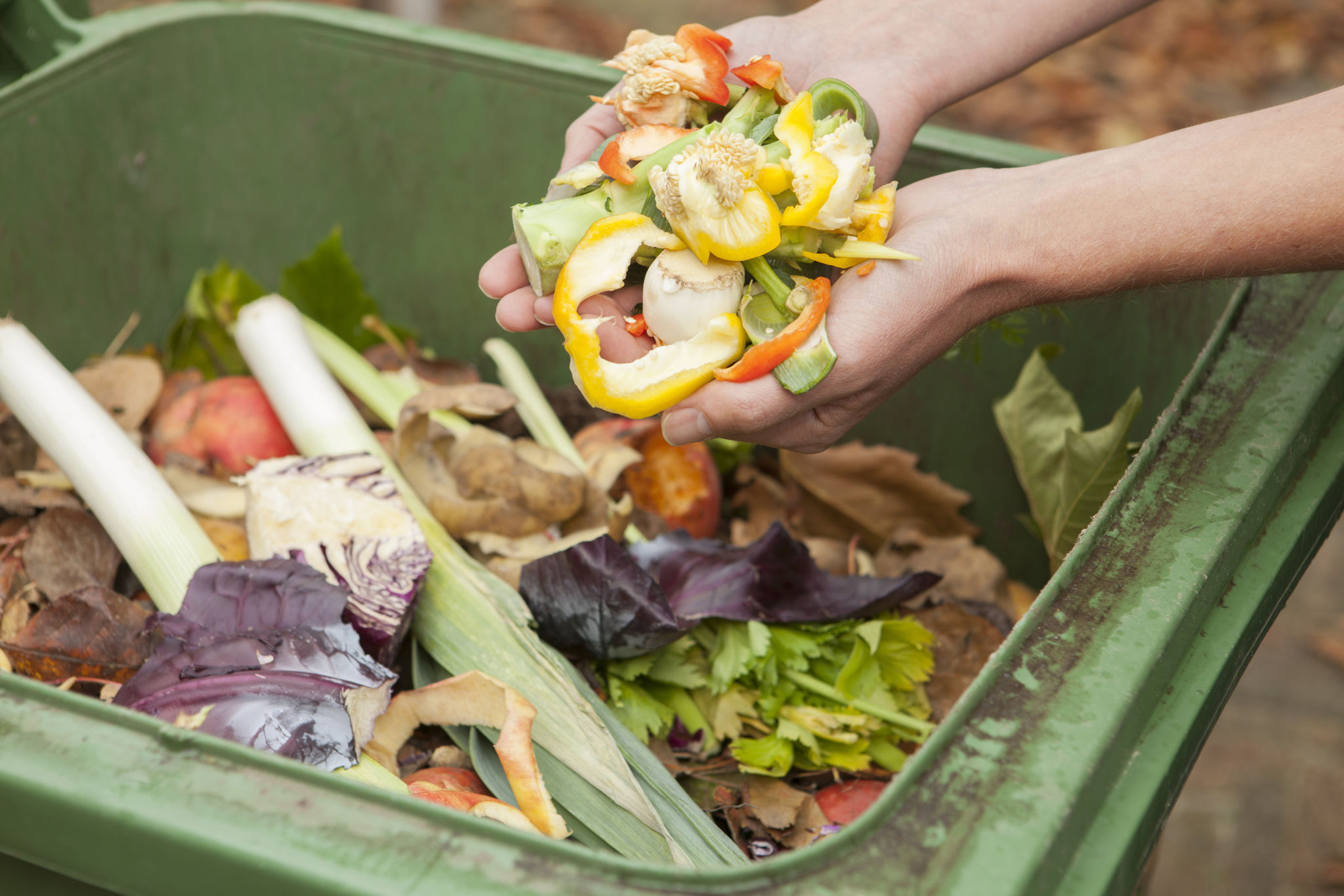The Environmental Impact of Pet Waste and How to Mitigate It
The Importance of Addressing Pet Waste
Pet ownership brings joy and companionship to millions of households worldwide, but it also comes with responsibilities, including proper waste management. Pet waste, particularly from dogs and cats, can have significant environmental impacts if not managed correctly. Understanding these impacts and how to mitigate them is crucial for pet owners who want to make a positive contribution to the environment.

Environmental Challenges Posed by Pet Waste
Pet waste, especially dog feces, contains harmful pathogens such as bacteria and parasites that can contaminate soil and water. When left unmanaged, these contaminants can enter local water systems through runoff, posing health risks to humans and wildlife. Moreover, pet waste contributes to nutrient pollution, leading to issues such as algal blooms that deplete oxygen in water bodies, harming aquatic life.
Another issue is the release of methane, a potent greenhouse gas, during the decomposition of pet waste. This contributes to climate change, further underscoring the need for responsible waste management practices among pet owners.
Strategies for Proper Pet Waste Disposal
To mitigate the environmental impact of pet waste, pet owners can adopt several effective strategies:
- Use Biodegradable Bags: Opt for biodegradable bags when picking up pet waste. These bags break down more quickly than traditional plastic bags, reducing long-term environmental impacts.
- Designated Pet Waste Stations: Communities can install pet waste stations with disposal bins and bags to encourage responsible disposal practices among residents.
- Home Composting: While not suitable for all types of pet waste, certain composting methods can safely break down dog and cat feces into usable compost.

The Role of Public Awareness and Education
Increasing public awareness about the environmental implications of pet waste is essential. Educational campaigns can inform pet owners about responsible disposal practices and the benefits of using eco-friendly products. By raising awareness, communities can foster a culture of responsibility and stewardship concerning pet waste management.
Local governments and environmental organizations play a pivotal role in disseminating information through workshops, brochures, and online resources. These initiatives can empower pet owners with the knowledge needed to make environmentally conscious decisions.
Innovative Solutions for Pet Waste Management
Innovations in technology and waste management are paving the way for more sustainable solutions. For example, some companies are developing pet waste digesters that convert waste into energy or safe compost. These systems provide a dual benefit: reducing environmental impact while generating useful byproducts.

Moreover, community-based programs that engage volunteers in cleaning up parks and public areas can effectively reduce the accumulation of pet waste. Such initiatives not only contribute to cleaner environments but also strengthen community bonds.
Conclusion: A Collective Effort
Tackling the environmental impact of pet waste requires a collective effort from individuals, communities, and policymakers. By adopting best practices in waste disposal and supporting educational initiatives, we can minimize the ecological footprint of our furry companions. As responsible pet owners, our actions today can lead to a healthier planet for future generations.